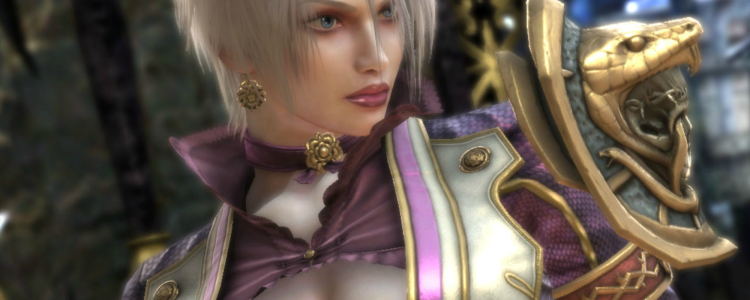My first thought was that a shark had taken my right leg. I knew I was in danger. I expected to see my blood billowing around

I moved to Sydney, Australia, after finishing my masters degree at Nottingham University. Iwas winging it: I just turned up with a suitcase. I got a couple of jobs, in internet marketing and as aprivate tutor, and met an Australian woman, Chloe. About ayear after I arrived, I was off work on abeautiful summers day and fancied some peace and quiet, awayfrom all the tourists who flock to Bondi. Chloe had told me about Gordons Bay, a small, secluded beach nearby, and Iwas looking forwardto listening to music, reading and relaxing.
There was hardly anybody there and I settled on some large rocks to sunbathe. It was postcard perfect: serene, azure sky and a calm, green sea. It was the hottest part of the day and, after reading for a while, Idecided to cool off and jumped into the water. It was warm and Iremember feeling happy. I swam away from the rocks and kicked back to float, looking at the sky. Thats when the pain struck.
My first thought was that a shark had taken my right leg. I didnt know what was happening, but Iknew Iwas in danger. I expected to see my blood billowing around me in the water, but there was nothing. This magnified my panic; Ididnt know what was causing the pain or which direction to swim to avoid it.
My heart was racing and every one of my muscles tensed, then went into spasm. I was in blinding pain all over. Ilost the ability to speak or think. My internal voice had stopped. I could barely breathe. Ibelieved I was going to die.
I tried to swim, but felt very tired. I thought that if I went to sleep, it would all be easier when I woke up. But I went into autopilot and somehow managed to get myself to the rocks. There were thin red lines across my right shin that looked as if theyd been drawn with a pen.
A scuba diver ran over. He said hed seen box jellyfish in the area. Iwouldnt have been able to see them in the water. I didnt know then that they are one of the deadliest creatures on Earth. Their tentacles pump venom into the skin that attacks blood cells and can lead to cardiac arrest. He told me Id been stung by one and needed to get to hospital immediately.
All my conscious decision-making facilities had left me, and I wasnt able to process what he said. I walked away. He called after me, but my only instinct was to get home. The next thing I knew, I was in my apartment with a bag of peas on my leg.
I still dont understand the sequence of events. I lay down, and for an eternity I didnt move. I didnt feel like Id been awake or asleep. Icouldnt think of what to do or how to communicate. I was a prisoner in my own body.
After a day or two, the poison began subsiding. My foot had swollen massively my little toe was the size of a big toe. Those thin red lines had started corroding, and the poison had eaten away at my skin, revealing the muscle and bone underneath. Itlooked as if someone had taken a jagged axe and tried to chop off my foot. I managed to call Chloe and show her. The next thing Iknew, wewere on our way to hospital.
The doctor asked why I hadnt come in sooner. I tried to explain. Iasked if there was anything he could do, but he said the toxins had gone through my system: there was nothing they could do except clean the wound. He told me I was lucky the jellyfish had stung me on my leg; if it had been on my chest, I would not have made it.
I left Australia pretty quickly afterthat. I have a scar, still walk with a limp and have pain in my hip.Iwonder about the long-term effect on my brain and body as a result of the toxins, but theres very little data on this. I think my delay ingetting treatment was down to the shock.
Chloe and I are still friends, although the relationship didnt work out. I now run a startupin Silicon Valley. Sometimes I think about setting up abox jellyfish survivors group Indigenous Australians say that youinhabit the power of any animal that stings you. That makes us pretty indestructible.
As told to Sophie Haydock
Do you have an experience to share? Email experience@theguardian.com













